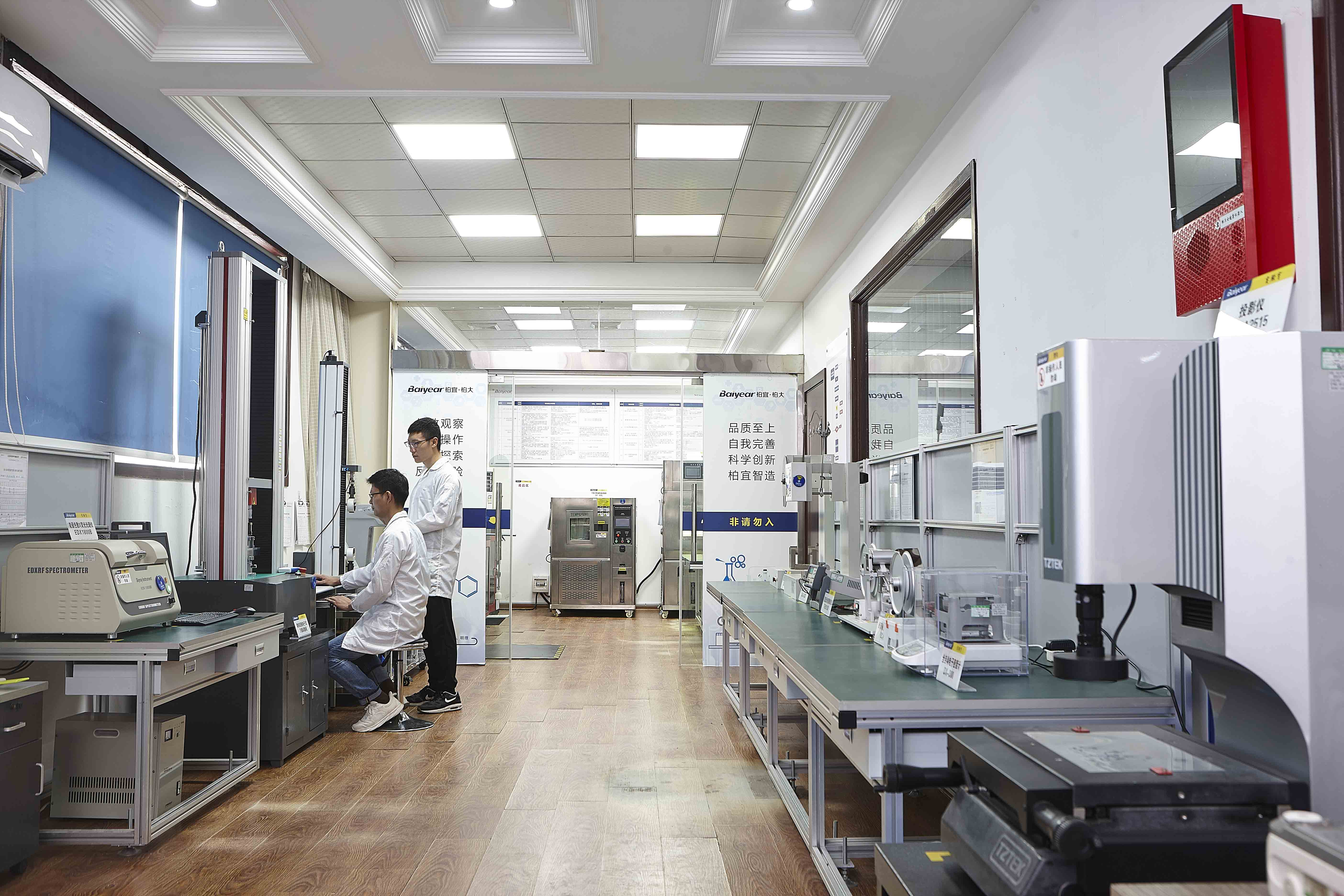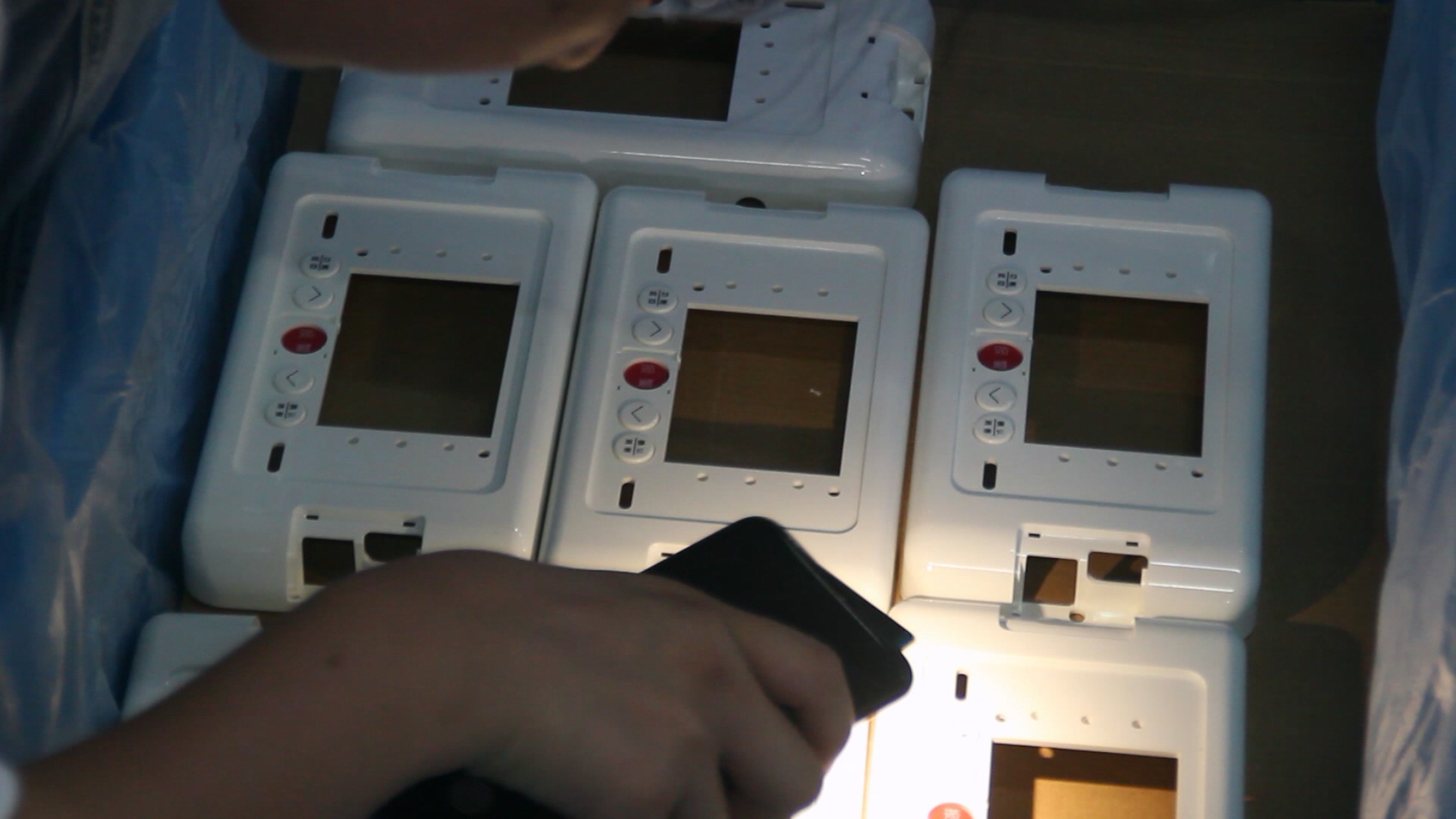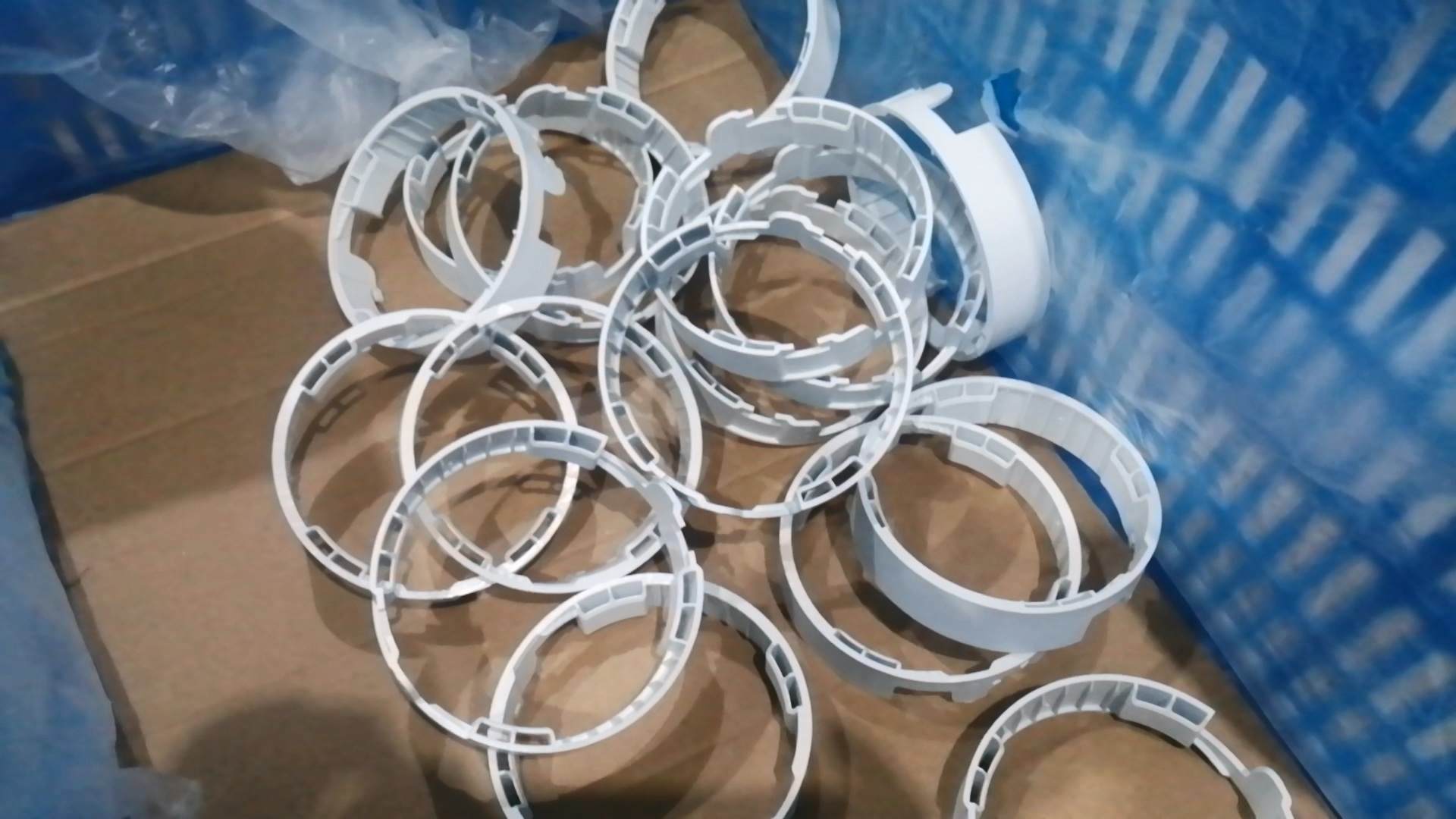How is Baiyear's quality control system established and implemented?
Quality control is a vital aspect of any manufacturing process, especially for injection molding. Injection molding is a process that involves injecting molten plastic into a mold cavity to produce a desired shape. The quality of the final product depends on many factors, such as the material, the mold design, the injection parameters, and the post-processing steps. To ensure that the products meet the specifications and expectations of the customers, our injection molding factory has established and implemented a comprehensive quality control system.
The quality control system consists of four main components: quality planning, quality assurance, quality inspection, and quality improvement. Each component has its own objectives, methods, and tools to ensure the quality of the products.

- Quality planning: This component involves setting the quality standards and requirements for the products, as well as defining the quality objectives and indicators. Quality planning also involves designing the quality control procedures and documents, such as the quality manual, the quality plan, the inspection plan, and the test report. Quality planning is done before the production process starts, and it is based on the customer's specifications and expectations, as well as the industry standards and regulations.
- Quality assurance: This component involves monitoring and controlling the production process to ensure that it conforms to the quality standards and requirements. Quality assurance also involves verifying and validating the products before they are delivered to the customers. Quality assurance is done during the production process, and it is based on the quality control procedures and documents. Quality assurance methods include process control, statistical process control, sampling inspection, and testing.
- Quality inspection: This component involves measuring and evaluating the products to determine their quality level and identify any defects or nonconformities. Quality inspection also involves recording and reporting the inspection results and taking corrective actions if necessary. Quality inspection is done after the production process, and it is based on the inspection plan and the test report. Quality inspection tools include measuring instruments, gauges, test equipment, and software.
- Quality improvement: This component involves analyzing and improving the production process and the products to prevent or reduce defects and nonconformities. Quality improvement also involves implementing preventive actions to avoid potential problems in the future. Quality improvement is done continuously, and it is based on the quality objectives and indicators. Quality improvement techniques include root cause analysis, problem solving, corrective action, preventive action, continuous improvement, and lean manufacturing.
By establishing and implementing a comprehensive quality control system, our injection molding factory can ensure that our products meet or exceed the customer's expectations and requirements. We can also improve our production efficiency, reduce our costs, enhance our reputation, and gain a competitive advantage in the market.
How to do quality control on the products?
Quality control is an essential aspect of any manufacturing process. It ensures that the products meet the specifications and standards of the customers and the industry. Quality control also helps to prevent defects, reduce waste, and improve customer satisfaction.
There are different methods of quality control that can be applied at various stages of the production process. Some of the most common ones are:
- Laboratory tests: These are scientific tests that measure the physical, chemical, or biological properties of the products. For example, laboratory tests can check the purity, strength, durability, or safety of the products. Laboratory tests are usually done before the products are released to the market.

- Visual inspections: These are inspections that rely on the human eye to detect any flaws or defects in the products. For example, visual inspections can check the color, shape, size, or appearance of the products. Visual inspections are usually done by the front-line workers who are involved in the production process.
- Inspections by the quality department: These are inspections that are conducted by a specialized team of quality experts who have more knowledge and experience in quality standards and requirements. For example, inspections by the quality department can check the functionality, performance, or reliability of the products. Inspections by the quality department are usually done after the products have passed the visual inspections.
- Shipment inspections: These are inspections that are done before the products are shipped to the customers or distributors. For example, shipment inspections can check the quantity, quality, or packaging of the products. Shipment inspections are usually done by a third-party agency or a representative of the customer.
The level of detail and frequency of quality control may vary depending on the type and complexity of the products, as well as the expectations and feedback of the customers. However, it is important to have a systematic and consistent approach to quality control that covers all aspects of the production process and ensures that the products meet or exceed the expectations of the customers.
Does it comply with relevant industry certification standards?
Injection molding offers many advantages, such as high production speed, low labor cost, high accuracy, and design flexibility. However, injection molding also poses some challenges, such as environmental impact, quality control, safety, and regulatory compliance.
To ensure that our injection molding plant meets the highest standards of quality, safety, and environmental performance, we have obtained several industry certifications that demonstrate our commitment to excellence. These certifications include:

- ISO 9001: This is the international standard for quality management systems. It specifies the requirements for planning, implementing, monitoring, and improving the processes that affect the quality of our products and services. ISO 9001 helps us to ensure customer satisfaction, reduce waste, and increase efficiency.
- ISO 14001: This is the international standard for environmental management systems. It specifies the requirements for identifying, managing, and reducing the environmental aspects and impacts of our activities. ISO 14001 helps us to minimize our environmental footprint, comply with legal and regulatory obligations, and enhance our reputation as a responsible business.
- OHSAS 18001: This is the international standard for occupational health and safety management systems. It specifies the requirements for establishing, implementing, and maintaining a system that protects the health and safety of our workers and other stakeholders. OHSAS 18001 helps us to prevent accidents, injuries, and illnesses, comply with legal and regulatory obligations, and improve our performance as a safe and healthy workplace.
- UL 94: This is the standard for flammability of plastic materials for parts in devices and appliances. It classifies plastics according to their burning characteristics when exposed to various ignition sources. UL 94 helps us to ensure that our products are safe and reliable in case of fire or heat exposure.
- RoHS: This is the directive that restricts the use of certain hazardous substances in electrical and electronic equipment. It aims to protect human health and the environment from the risks posed by these substances. RoHS helps us to ensure that our products are compliant with the European Union legislation and market requirements.
By obtaining these industry certifications, we have demonstrated that our injection molding plant complies with the relevant standards and best practices. We are proud of our achievements and we continuously strive to improve our performance and exceed our customers' expectations.





